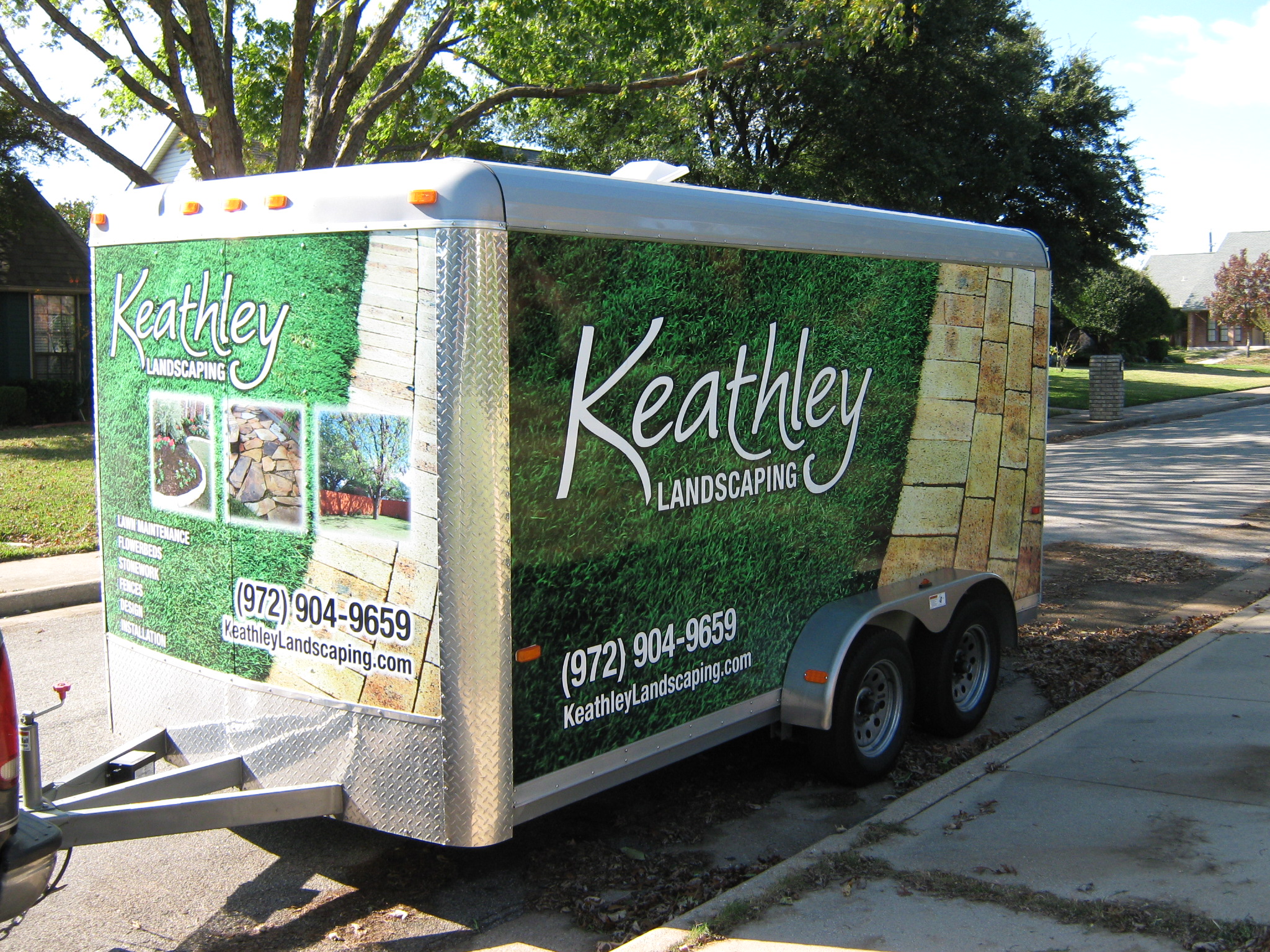Yard Drainage Solutions for High-Moisture Areas 🌧️
Struggling with a soggy yard after every heavy rain? High-moisture areas can be a challenge for homeowners, but with the right drainage solutions, you can transform your waterlogged lawn into a lush, green oasis. In this blog post, we’ll explore practical and effective yard drainage solutions that are perfect for managing excess water. Let’s dive in! 💦
Table of Contents
1. Understanding the Importance of Yard Drainage
2. Identifying Problem Areas in Your Yard
3. Effective Yard Drainage Solutions
4. Maintaining Your Drainage System
5. Conclusion
6. FAQs
Understanding the Importance of Yard Drainage 🌿
Yard drainage isn’t just about keeping your lawn dry. Proper drainage prevents soil erosion, protects your home’s foundation, and reduces the risk of water damage to your property. Whether you’re dealing with a small puddle or a full-blown swamp, taking action is key to maintaining a healthy and beautiful landscape.
Identifying Problem Areas in Your Yard 🔍
Before implementing any drainage solutions, it’s crucial to pinpoint the areas in your yard that retain the most water. Walk around your property after a rainstorm and take note of any standing water or excessively muddy spots. These are the areas that need the most attention.
Effective Yard Drainage Solutions 🌱
Now that you’ve identified the problem areas, let’s explore some tried-and-true solutions:
1. French Drains
French drains are a popular choice for redirecting water away from problem areas. They consist of a trench filled with gravel and a perforated pipe that collects and channels water away from your yard. This solution is particularly effective for areas with persistent water pooling.
2. Rain Gardens
Rain gardens are not only functional but also add aesthetic value to your yard. By planting water-loving plants in a shallow depression, you can naturally absorb excess water while enhancing the beauty of your landscape.
3. Dry Creek Beds
Dry creek beds are a charming way to manage yard drainage. These rocky channels mimic the appearance of a natural creek, guiding water away from your home while adding a picturesque element to your garden.
4. Gutter Extensions
Sometimes, the simplest solution can be the most effective. Ensure your gutters are clean and functioning properly. Adding extensions to your downspouts can help divert water further away from your foundation, reducing the risk of water damage.
Maintaining Your Drainage System 🛠️
Once your drainage solutions are in place, regular maintenance is crucial to ensure they continue to function effectively. Clear debris from French drains, check the health of plants in rain gardens, and inspect your gutter system regularly. A little upkeep goes a long way in preventing future issues.
Conclusion 🌞
By implementing these yard drainage solutions, you can transform your high-moisture area into a vibrant, dry space. Whether you opt for a French drain or a picturesque rain garden, the key is to start taking action. Your yard will thank you!
FAQs ❓
1. How can I tell if my yard has a drainage problem?
If you notice standing water, muddy patches, or an overgrowth of moss, these could be signs of a drainage issue.
2. Can I install a French drain myself?
Yes, with the right tools and materials, it’s possible to install a French drain as a DIY project. However, consulting with a professional can ensure it’s done correctly.
3. How often should I maintain my drainage system?
Regular maintenance every six months is recommended, especially after heavy rainstorms, to ensure everything is functioning properly.
4. Will a rain garden attract mosquitoes?
No, rain gardens are designed to absorb water quickly, preventing standing water where mosquitoes breed.
Let’s transform those soggy spots into a thriving yard together! 🌿





































Recent Comments